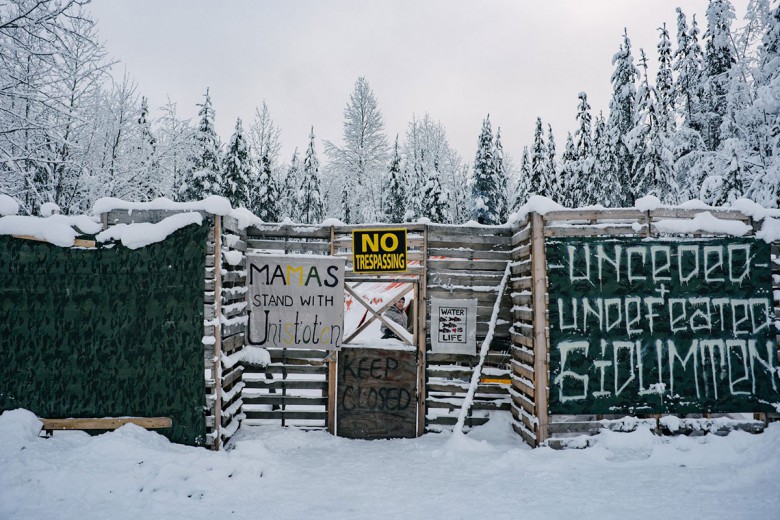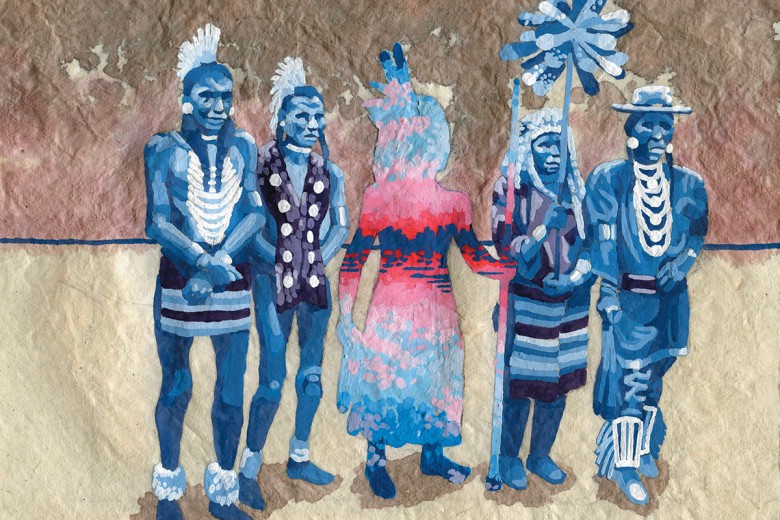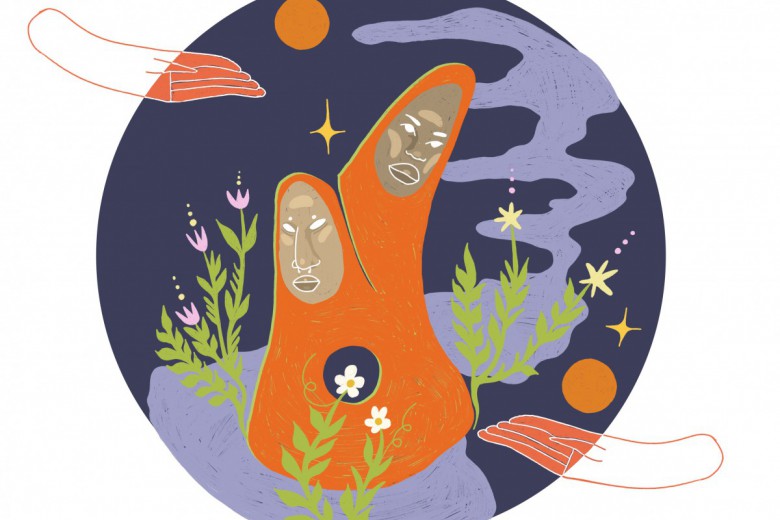
Madeson Singh
There is a common misconception that Canada and settlers give money to First Nations. But the opposite is true – Canada owes First Nations billions, if not trillions. In the Yellowhead Institute’s Cash Back Red Paper, researchers investigate how much money Canada owes and what financial reparations should look like. Briarpatch spoke to Yellowhead researcher Rob Houle about Cash Back, Indian trusts, and First Nations economies.
What does Cash Back mean and why does it need to happen?
Canada has stolen land and wealth from First Nations people to finance this country since colonization. A nascent Canada, with low cash flow and no land, created legislation to expropriate land and sell it or give it to corporations, institutions, and settlers, with no plan as to how First Nations people would be compensated. Canada has also shortchanged First Nations by not honouring treaties and stealing directly from First Nations’ coffers to pay for the Crown’s own treaty obligations. Cash Back is the demand that Canada return the profits it stole and continues to steal from First Nations people.
Cash Back needs to happen so First Nations communities can return to the state they existed in prior to the creation of so-called Canada.
What are Indian trusts and what do they have to do with Cash Back?
When the Crown began to exert control in North America, and eventually signed treaties with First Nations people, they also entered into trust relationships. These trusts are held in accounts which are called “Indian moneys” in the Indian Act. When the government sells or leases land on behalf of First Nations people, Canada and the Crown hold the money on behalf of First Nations across the country. Rather than providing the funds directly, the government places the money in accounts that accrue interest. This relationship is required, given the Crown has no legal claim to land in North America. Many First Nations in Canada have or have had a trust held by Canada. But Canada has misused trust money time and time again.
For example, Canada used Six Nations of the Grand River’s money to fund the Grand River Navigation Company, without the knowledge or consent of Six Nations. The company was supposed to make it easier to traverse the Welland Canal but failed to do so. Six Nations was never compensated for the stolen land and money.
Cash Back means a return to traditional economies and must include Land Back.
Other times, the fund was shortchanged and treaties were not honoured by the Crown. For example, during Canada’s early days, the Crown used Indian monies to establish the Land Management Fund. This fund was used to pay teachers, cover costs of managing Indians on-reserve as well as to update infrastructure on reserve. Some of these costs are the responsibility of the Crown, meaning the Canadian government was using First Nations’ money to fulfill their treaty obligations.
The Crown is still not honouring its treaty obligations, which we can see in the Robinson Huron Treaty annuities case in Ontario. In this case, First Nations are arguing that their treaty annuities should be linked to inflation or an escalation clause. This implies that once the land being “surrendered” became more valuable, based upon the usage, any additional profits would be given or shared with Robinson Huron nations. On the opposite side, the government of Ontario is arguing that the escalation clause is subject to a statute of limitations and that payment remains the responsibility of the federal government. Ontario claims the province is actually in a deficit in relation to the Treaty, meaning the Anishinaabe are owed no compensation for the resources stolen from the territory for 173 years. Important cases like this show that Canada is not committed to upholding its treaty obligations.
What sparked the call for Cash Back?
This mismanagement of First Nations money has pushed some First Nations to call for control of their trusts, which is an important part of Cash Back. The call for Cash Back follows the call for Land Back and recognizes that land and money are intrinsically linked in Canada. In other words, land back requires cash back.
Reserve land in Canada is one of the only places where communal title exists, and if this feature were used in the appropriate fashion, ownership could be reimagined and transformed.
This push for trust fund management was likely initiated by the outcome of a 2009 court decision. A few years prior, the Samson Cree Nation and Ermineskin Cree Nation sued the federal government for trust mismanagement and a failure to ensure their investments were managed properly and accused the federal government of using the Indian trust account as a source of loans. Had the money been under the control of a private sector administrator, the Treaty 6 Bands would have interest from their trusts. The Supreme Court ruled that the Crown has no obligations when investments are performing poorly and that investing Indian money was not allowed under their policies. As a solution to losing in court, Samson Cree Nation took control of their trust.
Is a First Nations economy possible under Canadian law?
First Nations economies currently exist and have always existed. They are on-reserve and in urban spaces. The Indian Act and other legislation limit the scope of First Nations economies. Many First Nations communities have been relegated to participation in resource extraction and manufacturing industries. Restrictions around land use on reserve and leasing arrangements have created a perceived risk in doing business with First Nations.
Cash Back means a return to traditional economies and must include Land Back.
First Nations economies are possible under Canadian law, but settler-colonial economic relationships like 99-year leases make it difficult. Our economies and financial institutions operate under an archaic regime in which outright ownership is the norm; this has to change. Reserve land in Canada is one of the only places where communal title exists, and if this feature were used in the appropriate fashion, ownership could be reimagined and transformed.
What does Cash Back look like?
For some time, before 1951, First Nations money was held separately from the Consolidated Revenue Fund (CRF) of Canada, and it was only through government policy that the money was absorbed into Canadian coffers. Settlers need to support First Nations calling for these funds to be removed from the CRF and for a new financial relationship with the Crown to be established. This new relationship could include less bureaucratic controls on Indian monies or a co-management arrangement of the funds with the First Nations to which they belong. A total release of responsibility to First Nations may not be an option, given the funds are tied to treaty obligations.
First Nations communities have been operating in a consistent deficit since colonization. Cash Back needs to happen so First Nations communities can return to the state they existed in prior to the creation of so-called Canada. This is not only about money, but also land and resource management. Cash Back means a return to traditional economies and must include Land Back.






